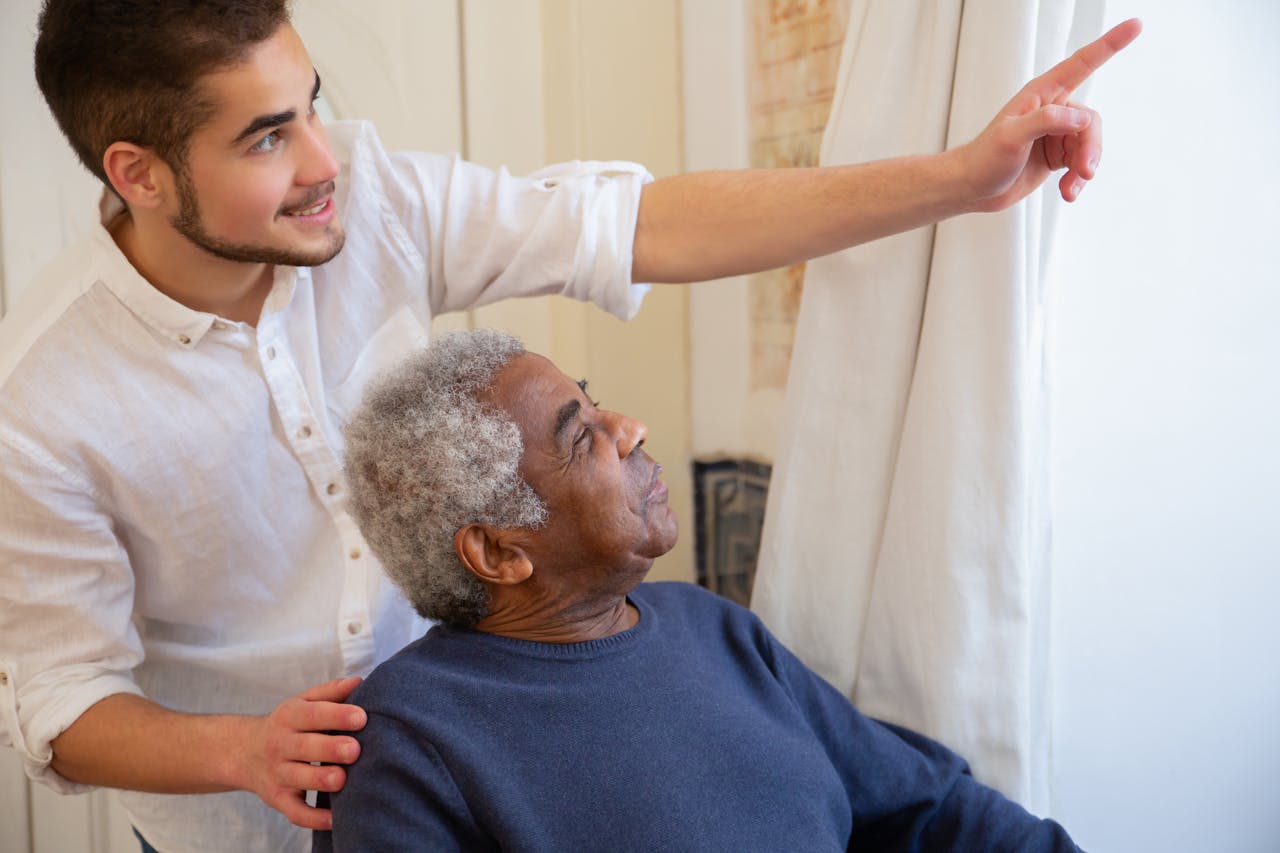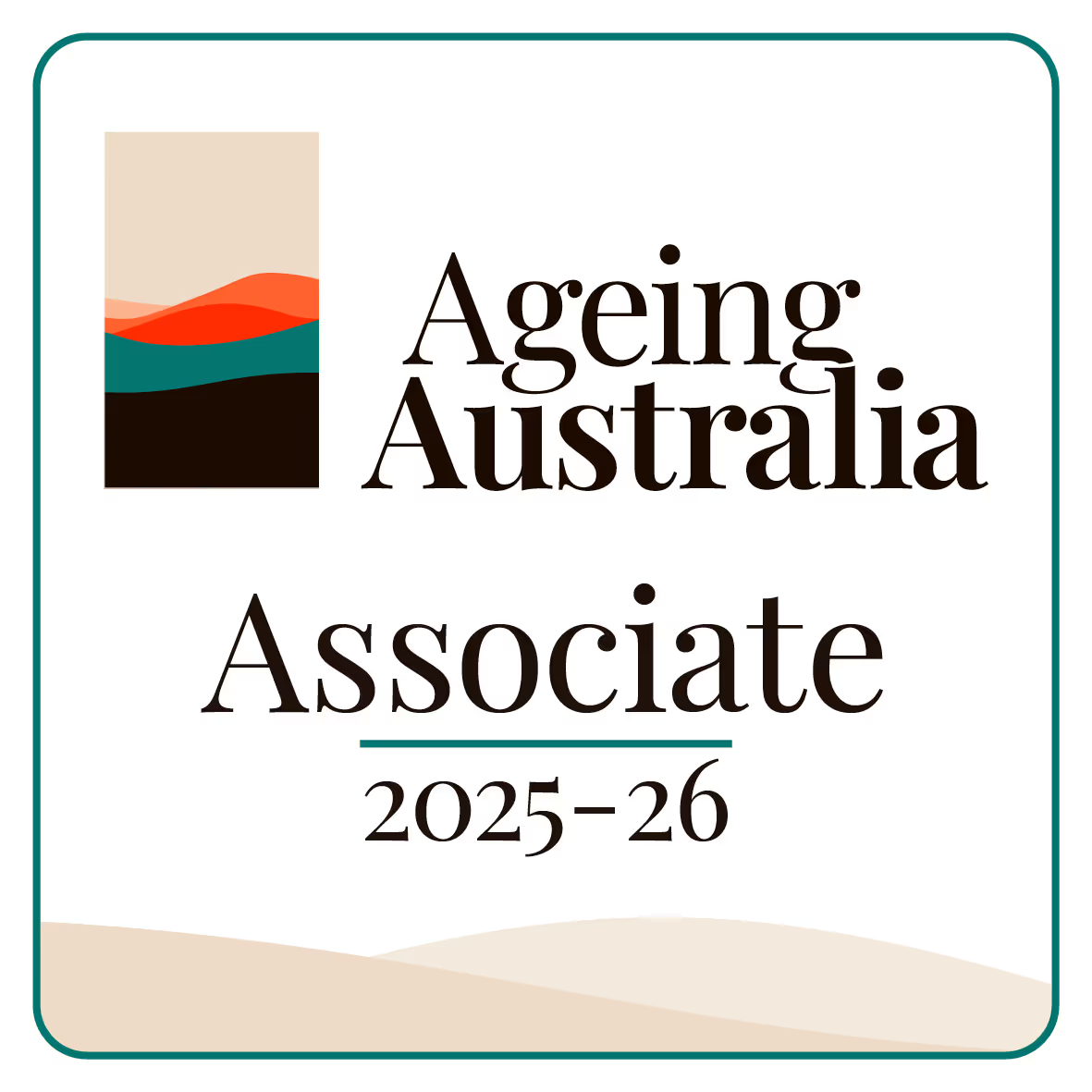If you work in aged care, you know that preparing for an accreditation audit can feel like gearing up for a big test. It can be nerve-wracking, and you might wonder what the inspectors are looking for. The truth is, it is not just about passing the audit but ensuring that the care you provide is top-notch and meets the necessary standards. In this guide, we will break down the steps to help you feel ready, calm, and confident when it is time for the big inspection.
Understanding the Accreditation Audit
Before we jump into the details of preparing, let us first understand what an accreditation audit is. Simply put, it is a process where a third party evaluates your facility to ensure it meets the required standards for care. In aged care, these audits are necessary for accreditation, which proves that your facility is following the best practices in providing care for residents.
The audit process is not just about looking at paperwork but also observing your facility’s daily operations. They want to see how well the team works together, how well residents are treated, and whether all safety and care protocols are being followed.
.png)
Step 1: Begin with Accreditation Readiness
Getting ready for an accreditation audit starts well before the actual day. You should be preparing for audits continuously. Think of it as getting your homework done a little bit every day instead of cramming the night before.
Start by reviewing the standards set out by the accrediting body. These standards typically include things like resident care, safety protocols, and staff training. If you are unsure of what is required, make sure to reach out to the regulatory body for more information.
You do not need to know everything by heart, but having a solid understanding of the standards will help guide your prep. Having the right tools in place and making them part of your regular workflow will make the audit seem less intimidating.
Step 2: Organize Documentation and Records
This is one of the most important parts of preparing for audits. Accreditation bodies look closely at your facility’s records to ensure that you are keeping up with your duties and regulations. You want to have accurate, up-to-date records for all areas, such as:
- Staff qualifications and training: Make sure all staff members have the necessary certifications and completed training, especially in areas like infection control and resident care.
- Care plans for residents: Each resident should have an individualized care plan that is regularly reviewed. You will need to show that these plans are followed and that the care meets the residents' needs.
- Incident reports: Keep a well-organized record of any incidents or accidents that have occurred. The auditors will want to know how they were handled and what steps were taken to prevent them in the future.
- Compliance with safety standards: From fire drills to infection control, the auditors will check if you are meeting all necessary safety standards. Ensure all the relevant documents are easily accessible.
Having this information in an organized and easily accessible format will not only make the audit process smoother but will also save time. No one wants to be scrambling to find paperwork the day before the audit!
.png)
Step 3: Prepare Your Facility for Inspection
The inspectors are not only reviewing documents—they are walking through your facility. They want to see firsthand how everything is running. This means you need to make sure that everything is in top condition.
- Cleanliness: You do not need a sparkling clean facility, but it should be well-maintained and tidy. Make sure all areas are neat, clean, and organized.
- Safety: Check that all safety protocols are being followed. Are there clear emergency exit signs? Are handrails installed in the right places? Is the environment free from hazards?
- Resident comfort: Accreditation is not just about following the rules—it is about providing quality care. Make sure your residents are comfortable, safe, and happy. Inspectors will notice the little things, like whether residents’ needs are being met and if they are treated with respect and dignity.
- Staff appearance and attitude: Auditors will also be paying attention to how the staff interacts with the residents and each other. Ensure everyone is dressed appropriately and displaying a positive, professional attitude.
You want to put your best foot forward. If you are prepared and your facility is in top shape, it will show the auditors that you care about your work and the people you serve.
.png)
Step 4: Communicate with Your Team
Getting the entire team on board is crucial. Everyone needs to understand their role in the accreditation process and what is expected during the audit. It helps to hold a team meeting to discuss the process, answer questions, and clarify what everyone needs to do.
- Review policies and procedures: Walk through the most important policies with your team, especially those directly related to resident care, safety, and hygiene.
- Do mock inspections: Consider conducting a mock inspection to get a feel for the audit process. This can help identify any weak spots before the real audit. It is also a good opportunity to practice answering questions or showing inspectors around.
When your team knows exactly what is expected, it reduces stress on the day of the audit and boosts everyone’s confidence. The auditors will be impressed by a well-prepared, knowledgeable team.
Step 5: Stay Calm and Positive During the Inspection Process
When the big day arrives, it is easy to feel stressed or overwhelmed. But remember, the auditors are not there to trip you up. They are there to assess whether you are following the standards and to provide feedback on how you can improve. They are not looking to point fingers but to help you ensure that your facility provides the best possible care for residents.
Stay calm, and focus on showing the inspectors that you are doing everything you can to provide quality care. Be honest if you are unsure about something. If there are areas for improvement, acknowledge them and make note of how you plan to address them.
At the end of the day, an accreditation audit is just another step toward bettering the care you provide. Even if you face some challenges during the audit, use the feedback to make your facility even stronger.
.png)
Step 6: After the Audit—Follow Through
Once the audit is complete, you will receive a report outlining what went well and what needs improvement. Take the feedback seriously and make any necessary changes. This is an excellent opportunity to fine-tune your processes and make your facility even better.
Do not get discouraged if you do not pass everything the first time. Most organizations need to work through a few issues after an audit. The important thing is to follow up, address concerns, and show your commitment to quality care.
In Conclusion: Be Ready and Be Confident
Preparing for an accreditation audit in aged care does not have to be a daunting task. With careful planning, organization, and communication, you can navigate the process with ease. Keep in mind that the goal is not just to pass the audit but to continuously improve the care you provide to your residents. You are not just preparing for an inspection—you are preparing to make your facility the best it can be.
Remember, the more you prepare ahead of time, the less stressful the audit will be. Stay positive, stay organized, and most importantly, stay focused on what really matters: providing excellent care for your residents.










